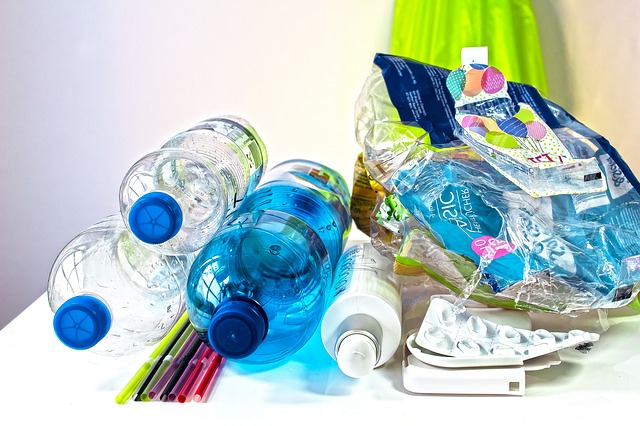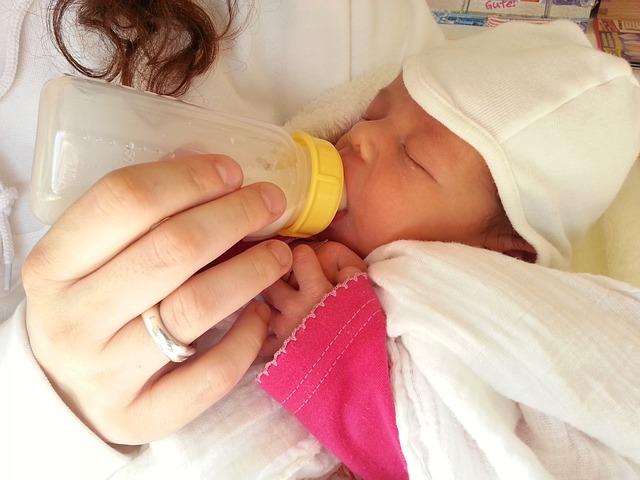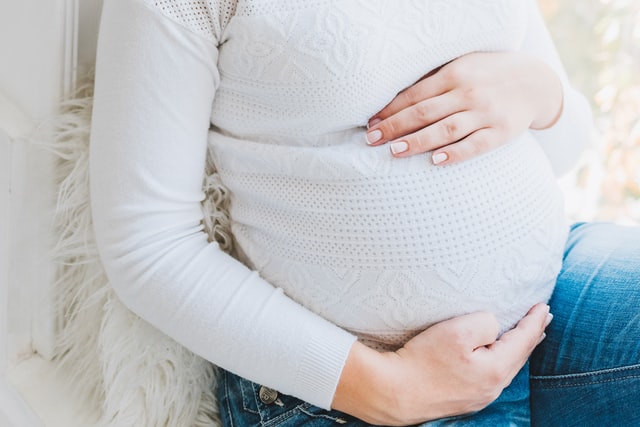We often say that we should protect the environment for future generations. In fact, most climate change action plans have goals and frameworks that focus on the near future, like 2030 for the Paris Agreement and the United Nation’s sustainable development goals. While member countries still have targets to meet each year, eyes are on the bigger picture and how small steps to mitigate climate change can stack up to achieve a livable environment in the long run.
But there’s a slight problem: The next generations are already encountering the effects of environmental destruction, and not just in a hypothetical sense.
For the first time, recent research found the presence of microplastic particles in the placentas of unborn babies for the first time. As its name implies, microplastics are tiny plastic particles that are either intentionally made for commercial use—like in cosmetics and microfibers—or are byproducts from the breakdown of plastic items like bottles.

Researchers found these particles settling in the “foetal and maternal sides of the placenta and in the membrane within which the foetus develops.” Measuring approximately 0.01 millimeters, the particles are said to be “small enough to be carried into the bloodstream.”
While further research is needed to assess whether microplastic particles can enter an unborn baby’s body and how it could affect their health and development, scientists maintain that it would be better if foreign bodies do not lurk around unborn babies while they’re still developing in the womb.
Microplastics making its way into the human body aren’t new. Past studies have shown that we eat and drink microplastics without even realizing it, and that babies aren’t safe either. Last year, research showed that this micropollutant is shed by plastic baby bottles—and in high quantities, too. According to the study, bottle-fed infants may even be ingesting a daily average of over 1.5 million particles of microplastics. But just like the particles’ presence in the placenta, further research needs to be made to assess the health risks this could pose.

Still, you’d think that being in the womb would shelter babies from the harsh environment that we live in, and that they could enjoy nine months in relative peace without encountering pollutants.
But already proving us wrong are researchers who found that air pollutants, specifically black carbon, can travel through a mother’s placenta and potentially reach fetuses in the womb. Black carbon comes from fossil fuel combustion, which means unborn babies are already exposed to the polluted air created by cars and burnt coal. This is possible through mothers being exposed to the pollutant during pregnancy.
If our goal is to protect future generations from environmental destruction and the effects of climate change and pollution, then we need to move faster and more efficiently. Because based on these recent findings, we don’t seem to be doing such a good job at it.




